Best Ways To Winterize Your Ford Vehicle
Are you prepared for the harsh winter weather that can wreak havoc on your Ford vehicle? By taking the necessary steps to winterize your car, you can ensure that it stays in top condition and runs smoothly throughout the colder months. Here are some of the best ways to winterize your Ford vehicle and protect it from the elements.
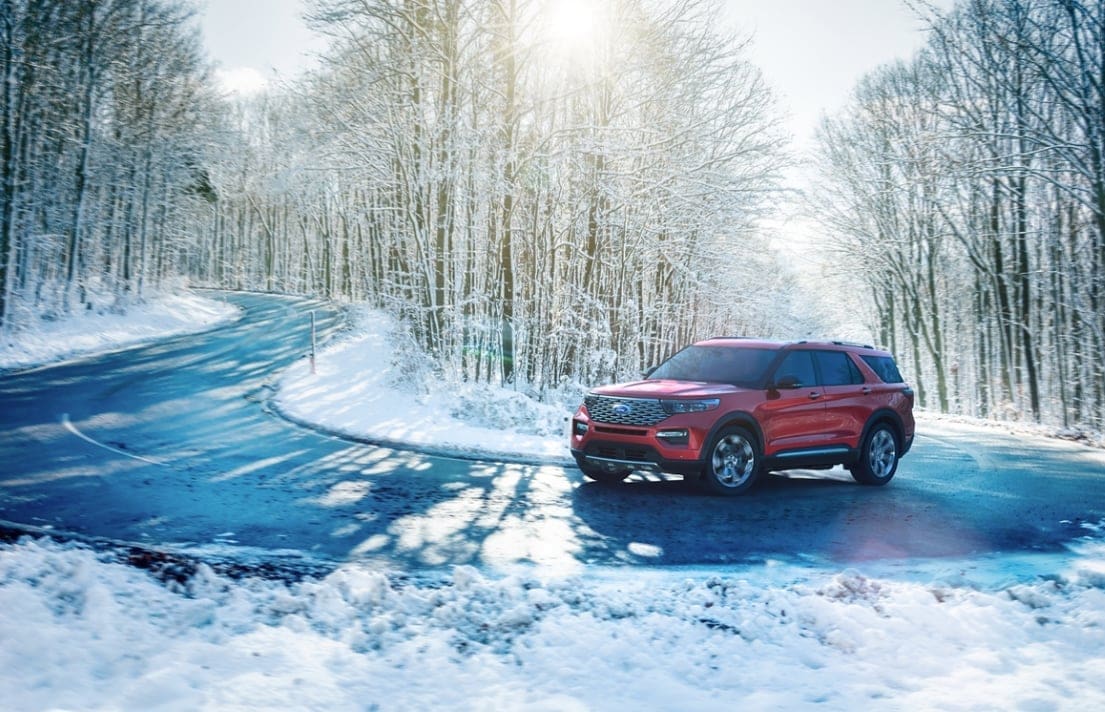
Check Your Antifreeze Levels
One of the most important things you can do to prepare your Ford vehicle for winter is to check the antifreeze levels. Antifreeze helps to regulate the temperature of your engine and prevent it from freezing in cold weather. Make sure that your antifreeze levels are at the recommended level to ensure that your engine stays protected during the winter months.
It’s a good idea to use a mixture of half antifreeze and half water for optimal results. You can easily check your antifreeze levels by looking at the reservoir tank under the hood of your Ford vehicle. If the levels are low, be sure to add more antifreeze to keep your engine running smoothly.
Inspect Your Tires
Having the right tires on your Ford vehicle is crucial for safe driving in the winter. Make sure that your tires are in good condition and have adequate tread depth to provide traction on snowy and icy roads. Consider switching to winter tires or all-season tires that are designed to perform well in cold weather conditions.
Check the tire pressure regularly to ensure that they are properly inflated. Cold weather can cause the air in your tires to contract, leading to underinflation. Underinflated tires can reduce traction and make it harder to control your vehicle in slippery conditions. Keep a tire pressure gauge in your car and check the pressure at least once a month during the winter months.
Replace Worn Wiper Blades
Visibility is key when driving in winter weather, so make sure that your wiper blades are in good condition. Worn wiper blades can leave streaks on your windshield, making it harder to see in snowy or rainy conditions. Replace any worn wiper blades with new ones to ensure that you have clear visibility while driving.
You can easily replace your wiper blades at home or have them replaced at a local auto shop. It’s a quick and easy task that can make a big difference in your driving experience during the winter months. Consider investing in winter wiper blades that are designed to perform well in cold weather and effectively remove snow and ice from your windshield.
Check Your Battery
Cold weather can be tough on your vehicle’s battery, so it’s important to check it regularly to ensure that it’s in good condition. Make sure that your battery terminals are clean and free of corrosion, as buildup can prevent your battery from functioning properly. Consider having your battery tested to ensure that it has enough power to start your engine in cold weather.
If your battery is old or showing signs of wear, it may be time to replace it with a new one. Look for a battery that is designed for cold weather performance and has a high cold cranking amp (CCA) rating. This will ensure that your Ford vehicle starts reliably even in the coldest temperatures.
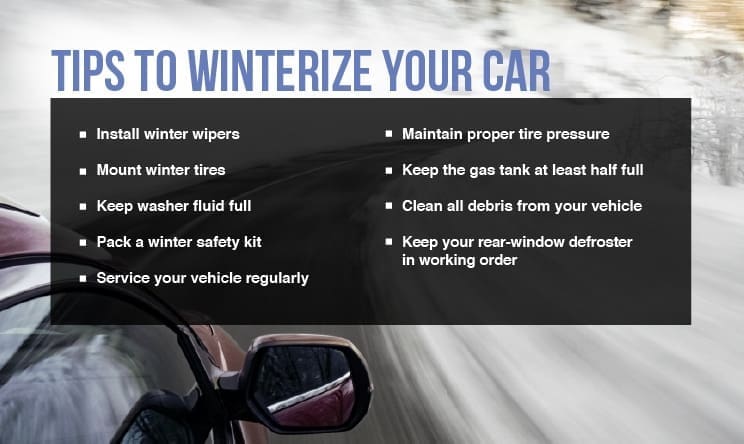
Inspect Your Brakes
Having reliable brakes is essential for safe driving in winter weather conditions. Make sure that your brakes are in good condition and have adequate pad thickness to provide optimal stopping power. Inspect your brake pads and rotors for any signs of wear or damage, and replace them if necessary.
If you notice any unusual noises or vibrations when you apply the brakes, it’s a sign that your brakes may need attention. Have your brakes inspected by a professional mechanic to ensure that they are functioning properly and will keep you safe on the road. Don’t take any chances when it comes to your safety – make sure that your brakes are in top condition before the winter weather arrives.
Check Your Oil
Keeping your engine well-lubricated is important for maintaining optimal performance in cold weather. Make sure that your oil is clean and at the recommended level to keep your engine running smoothly. Cold weather can cause oil to thicken, making it harder for your engine to start and operate efficiently.
Consider switching to a synthetic oil that is designed for cold weather performance. Synthetic oil flows better at low temperatures and provides better protection for your engine in icy conditions. Be sure to follow the manufacturer’s recommendations for oil changes and choose the right oil viscosity for your Ford vehicle.
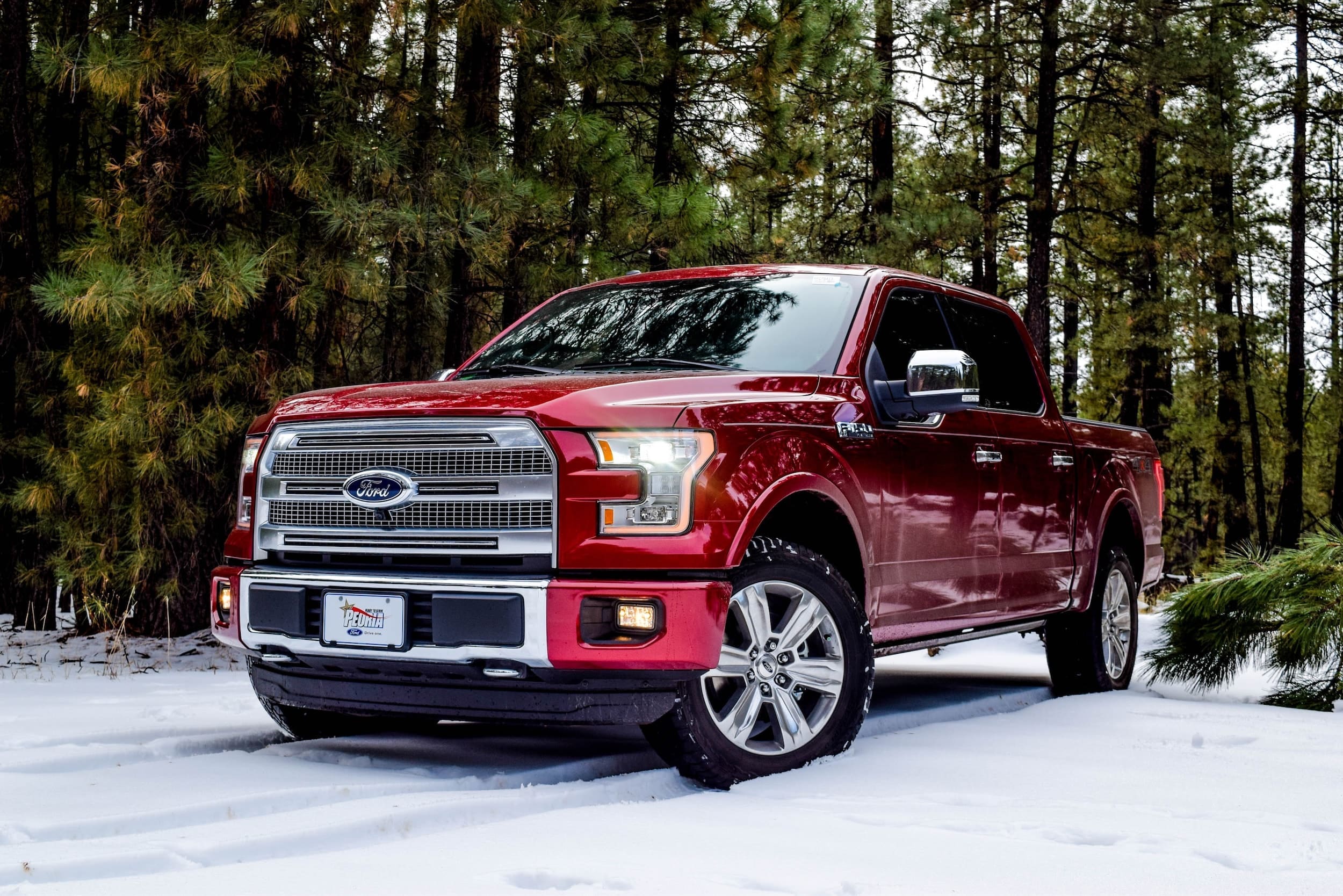
Inspect Your Heater and Defroster
Staying warm and comfortable while driving in the winter is important for your safety and wellbeing. Make sure that your heater is working properly and producing warm air when you turn it on. If you notice that your heater is blowing cold air or not working at all, it may be a sign that there is an issue that needs to be addressed.
Check your defroster to ensure that it is effectively clearing fog and ice from your windshield. A working defroster is essential for maintaining clear visibility while driving in winter weather conditions. If you notice that your defroster is not working properly, have it inspected by a professional mechanic to diagnose and repair any issues.
Protect Your Exterior
The exterior of your Ford vehicle can take a beating in the winter with exposure to snow, ice, road salt, and harsh weather conditions. Protect your paint and bodywork from corrosion and damage by taking proactive steps to maintain your vehicle’s exterior. Consider applying a coat of wax to protect your paint from salt and rust, and invest in a car cover to shield your vehicle from the elements.
Wash your Ford vehicle regularly to remove salt and grime that can accumulate on the exterior. Pay special attention to the undercarriage and wheel wells, as these areas are more prone to corrosion from road salt. Consider having your vehicle professionally detailed before winter to ensure that it is clean and well-protected from harsh winter conditions.
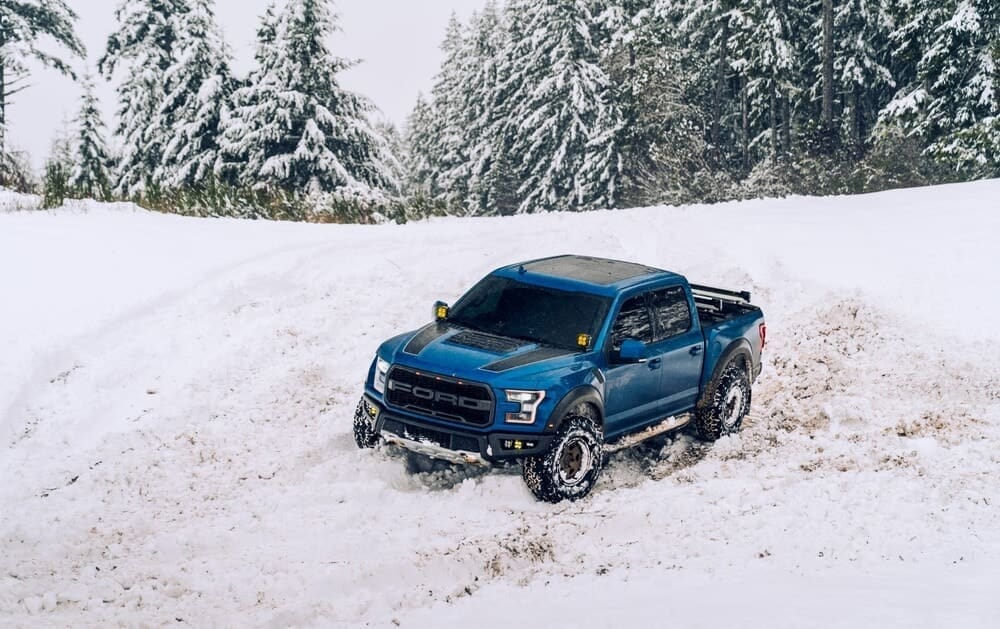
Prepare an Emergency Kit
Being prepared for emergencies is essential when driving in winter weather conditions. Put together an emergency kit to keep in your Ford vehicle in case of unexpected breakdowns or accidents. Your emergency kit should include essentials like a flashlight, extra batteries, blankets, a first aid kit, non-perishable food, water, a shovel, and a portable phone charger.
Consider adding items like jumper cables, a tire inflator, ice scraper, and road flares to your emergency kit to help you handle common winter driving emergencies. Store your emergency kit in an easily accessible location in your Ford vehicle, such as the trunk or glove compartment. Being prepared can give you peace of mind and help you stay safe while driving in winter weather.
Protect Your Interior
Cold temperatures and wet weather can take a toll on the interior of your Ford vehicle. Protect your interior from spills, stains, and damage by taking steps to maintain and clean it regularly. Invest in all-weather floor mats to protect your carpet from mud, snow, and salt that can be tracked into your vehicle.
Consider using seat covers to shield your seats from spills, stains, and wear. Seat covers are easy to clean and can help preserve the resale value of your Ford vehicle. Vacuum your interior regularly to remove dirt and debris that can accumulate over time. Consider using a leather or fabric protectant to guard against UV rays and fading in the winter months.
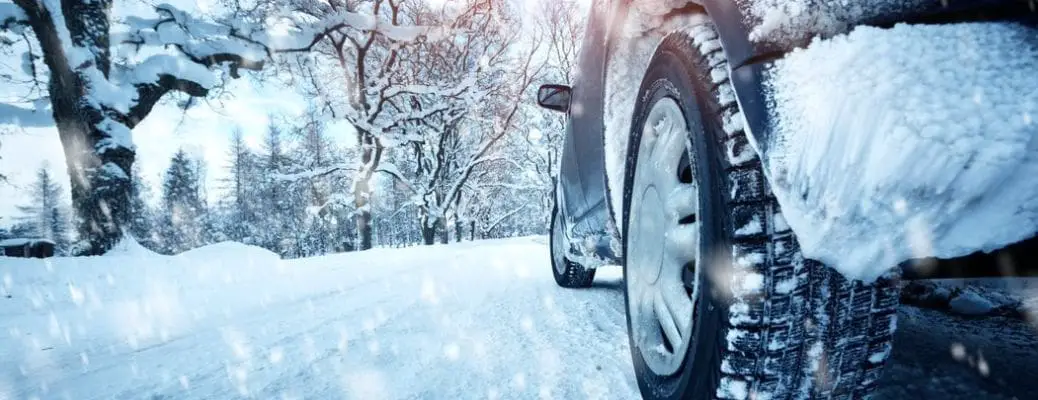
Schedule a Winter Maintenance Check
One of the best ways to winterize your Ford vehicle is to schedule a winter maintenance check with a professional mechanic. A trained technician can inspect your vehicle, identify potential issues, and perform necessary maintenance to keep your Ford vehicle running smoothly in cold weather conditions. Consider having your battery, brakes, tires, fluids, and heating system inspected to ensure that everything is in good working order.
A winter maintenance check can help you catch any potential problems before they become more serious and costly to fix. Regular maintenance is key to keeping your Ford vehicle in top condition and avoiding unexpected breakdowns during the winter months. Trusting a professional mechanic to perform a comprehensive winter maintenance check can give you peace of mind and confidence while driving in cold weather.
Conclusion
Winterizing your Ford vehicle is essential for staying safe and maintaining optimal performance during the colder months. By following the best practices outlined in this article, you can prepare your Ford vehicle for winter weather and protect it from the harsh elements. Remember to check your antifreeze levels, inspect your tires, replace worn wiper blades, check your battery, and ensure that your brakes are in good condition.
In addition to these steps, be sure to check your oil, inspect your heater and defroster, protect your exterior, prepare an emergency kit, and protect your interior. Scheduling a winter maintenance check with a professional mechanic is also highly recommended to ensure that your Ford vehicle is in top condition for winter driving. By taking the necessary steps to winterize your Ford vehicle, you can drive safely and confidently in snowy and icy conditions. Stay warm and stay safe on the road this winter by preparing your Ford vehicle for the challenges ahead.
